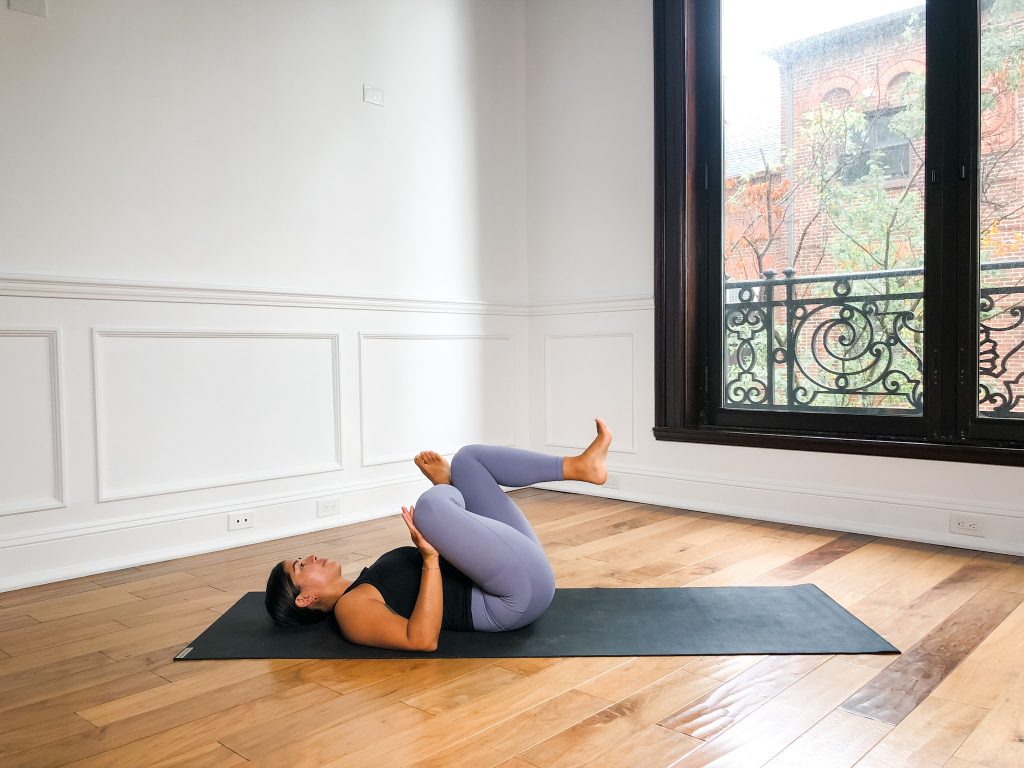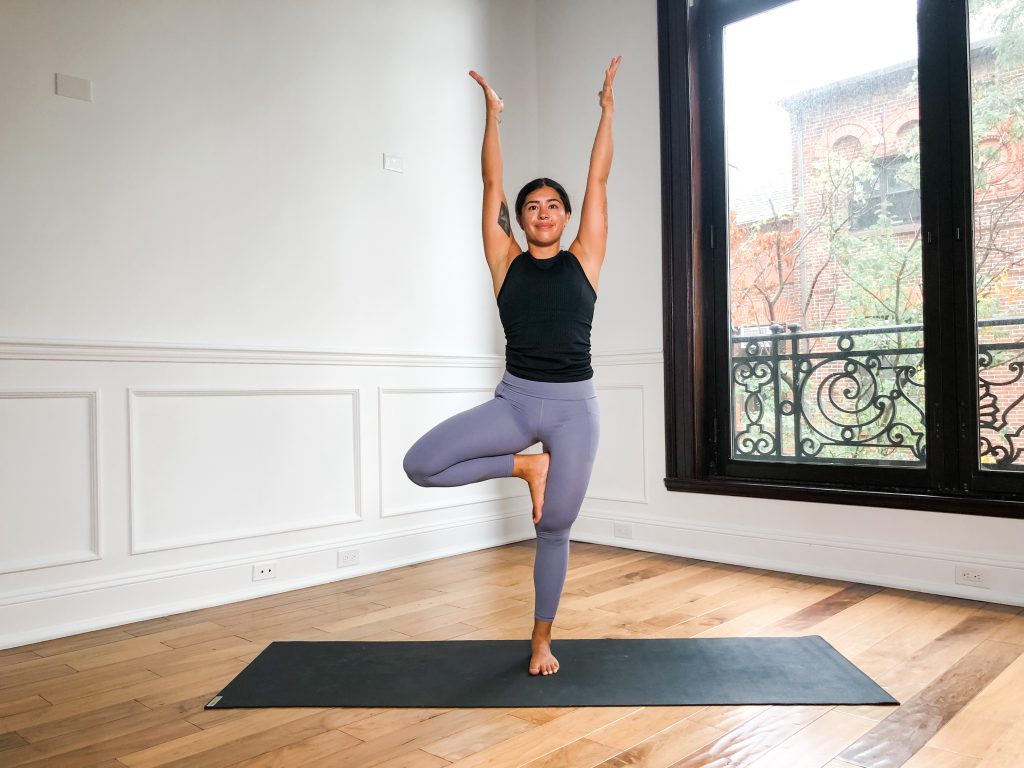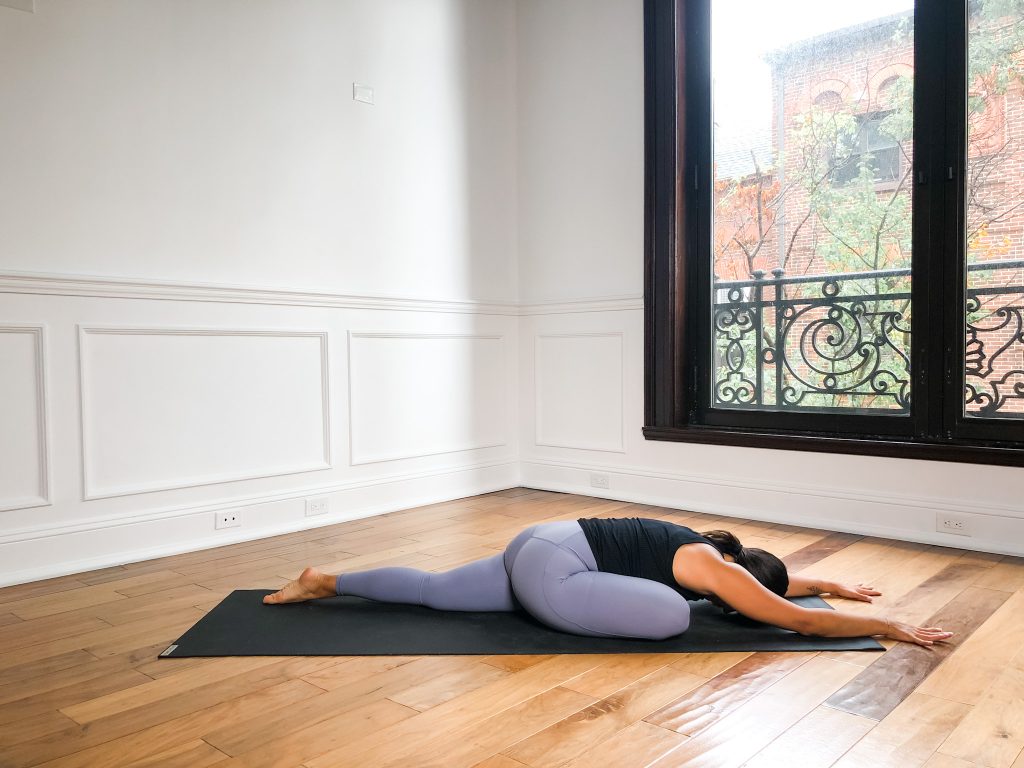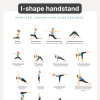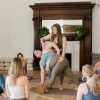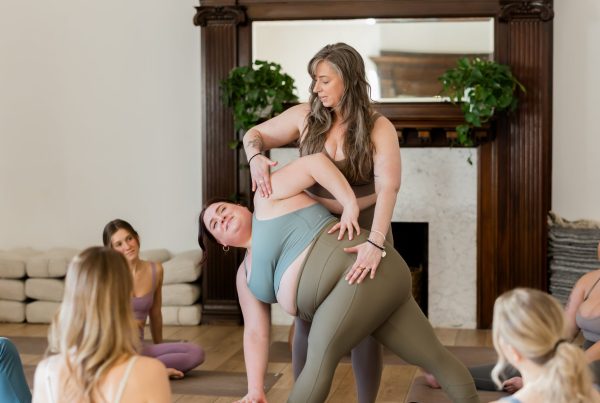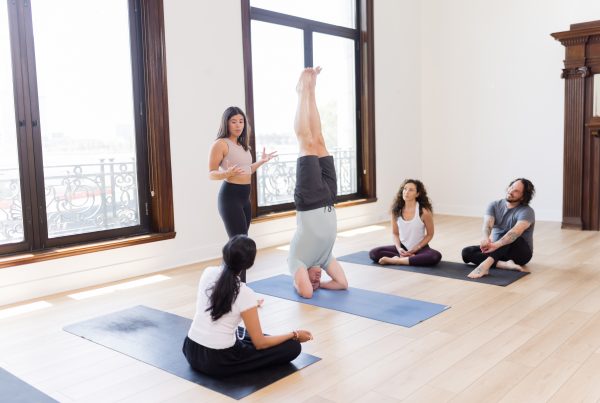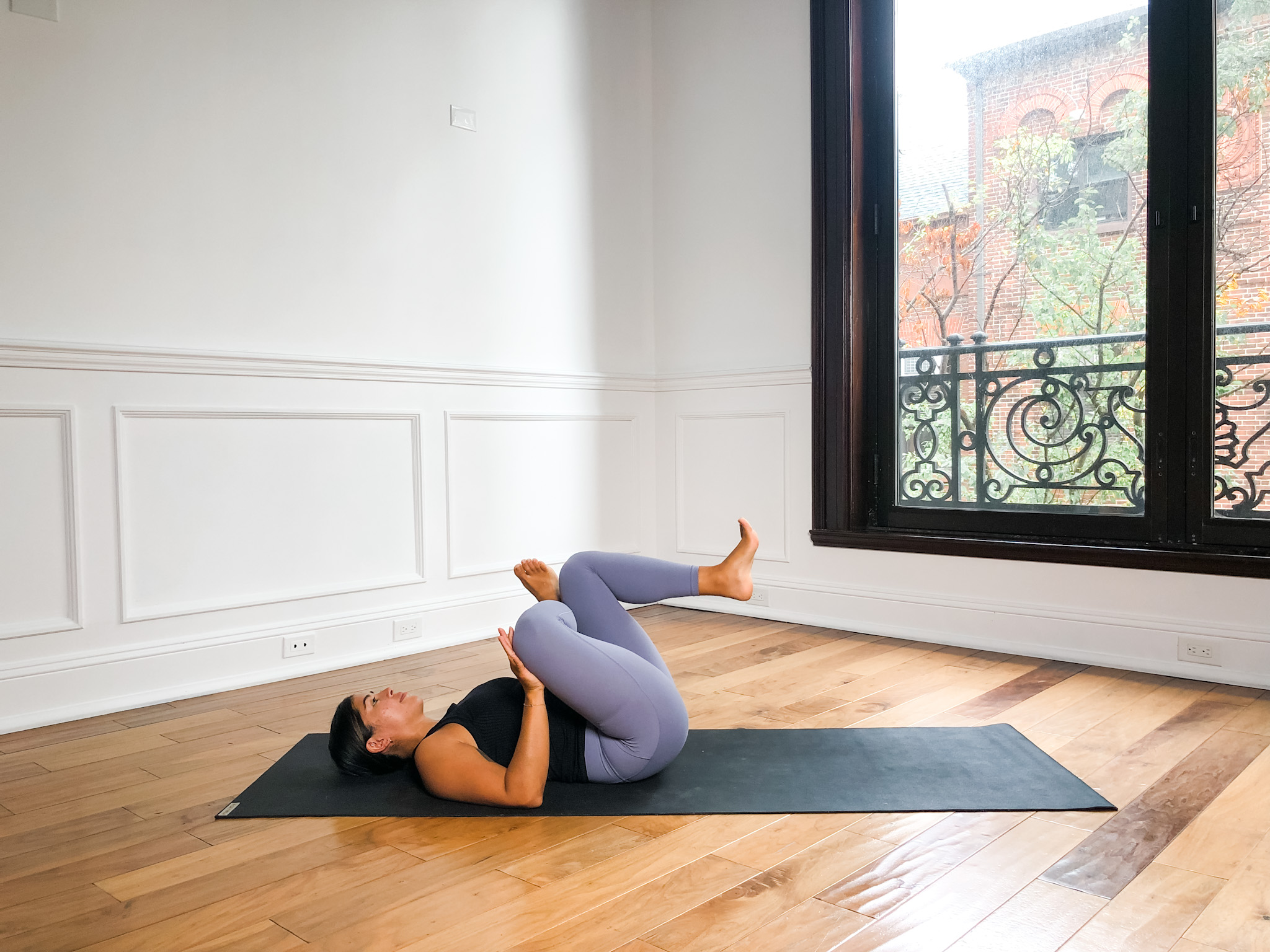
As we pursue our journey through the Yamas, we continuously connect with the ways in which we ought to carry ourselves in relation to our Self and the world around us. This week’s journey brings us to Asteya, or non-stealing.
Asteya is about more than just taking from others what does not belong to us. That is part of it, of course. But Asteya encompasses beyond what our definition of “stealing” might entail. This Yama asks us to examine the ways in which we might be stealing from others not just in material possessions but in terms of our present moment awareness (or lack of it), our energy and compassion towards another (or lack of it), and/or acknowledgement of someone’s thoughts or feelings (or discount of such things).
Asteya also puts us face to face in the ways in which we contribute to a messy world for future generations to deal with and the ways in which we contribute to a damaging future for ourselves. Non-stealing is all about walking this lifetime with integrity to uphold the beauty and magnificence of the world and to consistently take time to rest, reconnect, and re-align with ourselves to ultimately live with the best and highest intentions.
Pigeon on the Back or Reclined Pigeon
Doesn’t this pose look familiar?! Getting on the back allows the muscles in the back body to relax into the floor. This can give access to other areas of the body (in this case the focus is the hip/pelvis region) in order to do the intended work in the soft tissues.
How to get into reclined pigeon:
- Lie on your back with your knees bent and soles of the feet planted on the floor.
- Bring your right knee in towards your chest and externally rotate the leg at the hip to place your right ankle across your left thigh.
- Widen your right inner thigh and knee forward as you either keep the left foot planted or lift it off the ground to intensify the stretch.
- Keep your head, neck, and shoulders relaxed as you notice the sensations around your right leg and hip and try to release any gripping.
- Hold for 5-10 breaths and then repeat on the other side.
- Your hands can come to your left hamstring, your left shin, or you can have one hand on your left leg and one hand on your right leg.
Wide Leg Forward Fold (Sanskrit: Prasarita Padottanasana)
Sleeping pigeon pose requires one folded leg and one straight leg. The extent to which we can fold our legs depends on the extent to which we can straighten our legs. Working on straightening the legs fully will support the peak pose when we fold one leg and place some pressure on it.
How to get into wide leg forward fold:
- From low lunge, straighten your legs and pivot to face a side wall.
- Ensure your second and third toes are facing the side wall and are more or less parallel to one another.
- Take your palms to the floor so that your hands are in line with your feet, but keep the fingers and toes facing the same direction.
- Lift your kneecaps up to straighten your legs and use your legs to lift the hips up and pull the crown of the head towards the floor.
Tree Pose (Sanskrit: Vrksasana)
Pigeon pose has one straight leg and one folded leg, which is also the case in tree pose. This posture will contribute to training the lower body about the shape of sleeping pigeon pose.
How to get into tree pose:
- From mountain pose, lift your right leg up and fold the leg by bringing your right heel towards your right sitting bone. Press the four corners of the left foot into the ground and firm the thigh muscles to make a clear and straight leg.
- Externally rotate your leg at the hip and use your hand to guide your right foot to the inner left groin.
- Firm your right buttocks forward as you widen your inner right knee towards the right side wall. See that the toes are facing the floor.
- Take your arms up to the sky alongside your ears.
Pigeon Pose (Sanskrit: Eka Pada Rajakapotanasana)
How to get into pigeon pose:
- From downward facing dog, fold your right leg and bring your right knee towards your right wrist.
- Externally rotate the leg at the hip and place the right shin down on the ground with the top of the foot pressing into the floor.
- Lengthen your left leg towards the back of the room and press the outer ankle bone in towards the midline of your body so the foot is properly aligned.
- Walk your hands forward and fold over your right folded leg while keeping the hips squared to the front of the room. Notice the sensations around the hip and if there is any gripping or tension, try to be aware of it and see if you can soften.
- It is okay if your shin is not parallel to the top, short side of your mat. If the leg is folded properly, your shin will appear to be at more of an angle with your right knee towards the right side of the mat and your right foot towards the left side of the mat.


